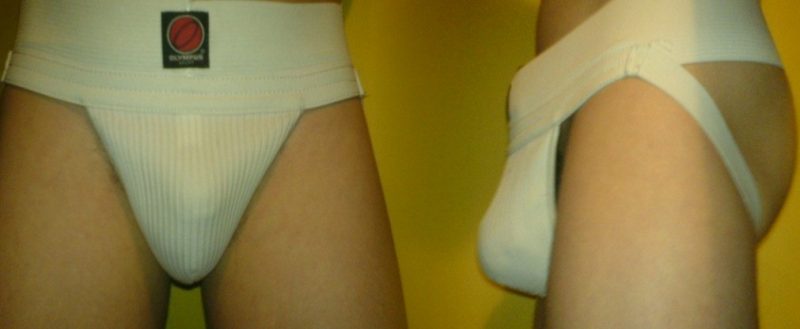In the dynamic world of sports, athletes face the challenge of balancing their passion for competition with the risk of injury.
Each year, millions of sports enthusiasts, from young children to professional athletes, experience a wide range of injuries.
These can vary from minor sprains to severe traumas, impacting their ability to continue in their chosen sport.

The significance of rehabilitation in this context cannot be overstated, as it plays a crucial role in helping athletes recover and return to their peak performance.
Understanding the nuances of sports rehabilitation, including its distinction from physiotherapy, is vital for anyone involved in sports, whether as a participant, coach, or healthcare provider.
The Importance Of Rehabilitation In Sports
Rehabilitation in sports is an essential process, not only for recovery from injuries but also for preventing their recurrence.
It involves a tailored approach that addresses the specific needs of each athlete, taking into account the type of injury, the demands of the sport, and the individual’s physical condition.
The ultimate goal is to restore function, reduce pain, and improve overall performance.
Moreover, effective rehabilitation can significantly reduce the risk of future injuries, contributing to a longer and healthier sports career for athletes.
Sports Rehabilitation Vs. Physiotherapy: An Eternal Dilemma
The distinction between sports rehabilitation and physiotherapy often leads to confusion. While both fields aim to assist in recovery from injuries, they differ in focus and approach.
Sports rehabilitation is specifically designed for athletes and sports injuries.
It not only addresses the immediate injury but also focuses on conditioning and training to prevent future injuries and enhance athletic performance.
On the other hand, physiotherapy is a broader field that deals with the rehabilitation of patients from various backgrounds, not limited to athletes, and addresses a wide range of physical issues beyond sports injuries.
Understanding these differences is crucial for athletes and coaches in selecting the appropriate treatment and care for sports-related injuries.
Innovations In Rehabilitation Approaches
The field of sports rehabilitation is constantly evolving, with new insights and approaches being developed to address the unique challenges faced by athletes.
One significant advancement is the recognition of the multifaceted nature of sports injuries. Injuries are no longer seen as purely mechanical problems but are now understood to involve metabolic and hormonal aspects.
This broader perspective has led to the development of multidimensional and interdisciplinary therapeutic approaches, moving beyond traditional methods to incorporate a wider range of influencing factors.
These innovative techniques are tailored to diverse groups such as elite athletes, physically active elderly individuals, or exercising children, ensuring a more holistic and effective rehabilitation process.
Current Trends And Techniques In Sports Rehabilitation
Sports rehabilitation encompasses a variety of treatment modalities aimed at helping athletes regain strength, flexibility, and mobility.
Current trends include manual therapy techniques, therapeutic exercises, and modalities such as ultrasound and electrical stimulation.
These methods are part of a comprehensive rehabilitation process designed to address the specific needs of each injury and athlete.
The use of these varied techniques ensures a more effective and individualized rehabilitation journey, helping athletes not only recover from their injuries but also prevent future occurrences.
Key Takeaway
The journey from sports injury to recovery is a complex and ever-evolving process, underlined by the latest advancements in rehabilitation techniques.
From addressing ligament and tendon injuries, overuse injuries, and head or spinal injuries, to incorporating novel approaches that consider metabolic and hormonal factors, the field of sports rehabilitation is dynamic and multifaceted.
The key lies in a personalized approach that integrates various methods like physical therapy, manual therapy, electrotherapy, and proprioceptive training.
This tailored rehabilitation is crucial not only for recovering from the immediate injury but also for enhancing performance and preventing future injuries.
Athletes’ dedication to their rehabilitation program, coupled with the expertise of healthcare professionals, paves the way for a safe and effective return to the sport.
Ultimately, the goal of sports rehabilitation is to ensure athletes can continue to pursue their passion with resilience and strength.















